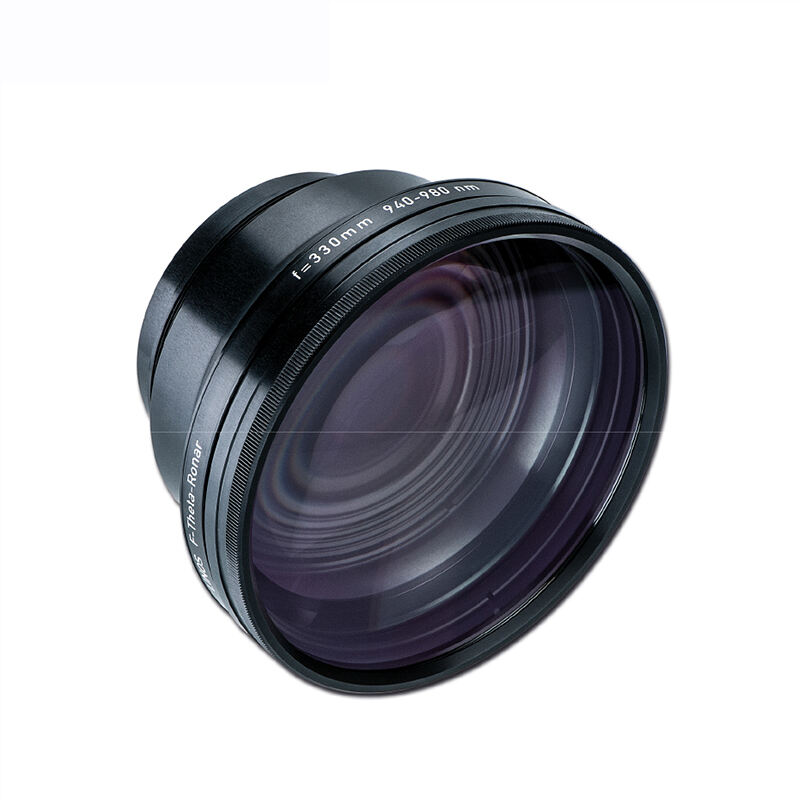Understanding Permanent Marking Solutions for Industrial Applications
In today's manufacturing landscape, choosing the right marking method can significantly impact product quality, traceability, and brand representation. The laser marking machine stands at the forefront of modern marking technologies, offering unparalleled precision and permanence compared to traditional methods. As industries evolve and marking requirements become more stringent, understanding the distinctions between various marking techniques becomes crucial for making informed decisions about production processes.
Manufacturing professionals increasingly turn to advanced marking solutions to meet complex industrial requirements. The implementation of laser marking technology has revolutionized how companies approach product identification, traceability, and branding. This comprehensive analysis will explore the key differences between laser marking and conventional marking methods, focusing on durability, efficiency, and long-term value.
The Science Behind Laser Marking Technology
Core Mechanisms of Laser Marking Systems
A laser marking machine operates by employing concentrated beams of light to create permanent marks on various materials. The process involves precise control of laser energy, which interacts with the substrate material at a molecular level. This interaction can result in different marking effects, including annealing, engraving, or color change, depending on the material properties and laser parameters.
The technology utilizes sophisticated optical systems and computer-controlled mechanisms to achieve exceptional precision. Modern laser marking machine systems can produce marks as fine as a few micrometers, enabling the creation of intricate designs, serial numbers, and machine-readable codes with remarkable accuracy.
Material Compatibility and Versatility
One of the most significant advantages of laser marking technology is its ability to work with an extensive range of materials. From metals and plastics to ceramics and organic materials, a laser marking machine can effectively process diverse substrates without compromising marking quality. This versatility eliminates the need for multiple marking systems in production environments, streamlining operations and reducing equipment costs.
The adaptability of laser marking extends to surface textures and shapes, allowing for consistent marking quality even on curved or irregular surfaces. This capability surpasses traditional marking methods, which often struggle with non-flat surfaces or require special adaptations for different material types.
Comparative Analysis of Marking Methods
Durability Factors in Different Marking Technologies
When examining marking permanence, laser marking consistently outperforms other methods. A properly calibrated laser marking machine creates marks that become an integral part of the material surface, resulting in exceptional resistance to wear, chemicals, and environmental factors. Unlike inkjet printing, where marks remain superficial and can wear off over time, laser-marked identifiers maintain their integrity throughout the product's lifecycle.
Traditional pad printing, while effective for certain applications, faces limitations in terms of long-term durability. The ink-based nature of pad printing makes it susceptible to fading, scratching, and chemical degradation. In contrast, laser marking creates permanent modifications to the material structure, ensuring mark persistence even under harsh conditions.
Environmental Impact and Sustainability
Modern manufacturing increasingly prioritizes environmental responsibility, and marking methods play a crucial role in sustainability initiatives. A laser marking machine operates without consumables like inks or solvents, significantly reducing waste and environmental impact. This advantage becomes particularly relevant in industries with strict environmental regulations or companies committed to reducing their ecological footprint.
Traditional marking methods often require regular replacement of inks, cleaning solutions, and printing plates, generating ongoing waste and potential environmental hazards. The clean, efficient operation of laser marking technology aligns with sustainable manufacturing practices while maintaining superior marking quality.
Production Efficiency and Cost Considerations
Operational Speed and Throughput
The laser marking machine excels in high-speed production environments, capable of marking hundreds of items per minute with consistent quality. The non-contact nature of laser marking eliminates the need for system pauses or consumable replacements, enabling continuous operation and maximizing production efficiency. Advanced laser systems can seamlessly integrate with automated production lines, further enhancing throughput capabilities.
While inkjet and pad printing systems may offer competitive initial marking speeds, their operational efficiency often decreases due to maintenance requirements, consumable replacements, and quality control issues. The reliable performance of laser marking technology ensures consistent production rates with minimal interruptions.
Long-term Cost Analysis
Although the initial investment in a laser marking machine may exceed that of traditional marking systems, the long-term cost benefits become evident through reduced operational expenses. The elimination of consumables, minimal maintenance requirements, and exceptional durability of laser-marked products contribute to significant cost savings over time.
Traditional marking methods incur ongoing costs for inks, cleaning supplies, replacement parts, and maintenance labor. These expenses, combined with potential quality-related issues and rework requirements, can substantially impact overall production costs. The reliability and efficiency of laser marking technology offer a more economical solution for long-term manufacturing operations.
Frequently Asked Questions
What materials can be marked using a laser marking machine?
Laser marking technology is compatible with a wide range of materials, including metals, plastics, ceramics, glass, and various organic materials. The specific laser type and parameters can be optimized for different substrates to achieve optimal marking results while maintaining material integrity.
How does the maintenance of laser marking systems compare to traditional marking methods?
Laser marking machines require minimal maintenance compared to traditional marking systems. With no consumables to replace and few moving parts, routine maintenance typically involves simple cleaning procedures and occasional system calibration. This results in reduced downtime and lower maintenance costs compared to ink-based systems.
What factors affect the quality of laser marking?
Several key factors influence laser marking quality, including laser power settings, marking speed, material properties, and environmental conditions. Professional laser marking systems offer precise control over these parameters, enabling consistent, high-quality results across various applications and materials.
 EN
EN
 AR
AR
 FR
FR
 DE
DE
 JA
JA
 KO
KO
 RU
RU
 ES
ES


